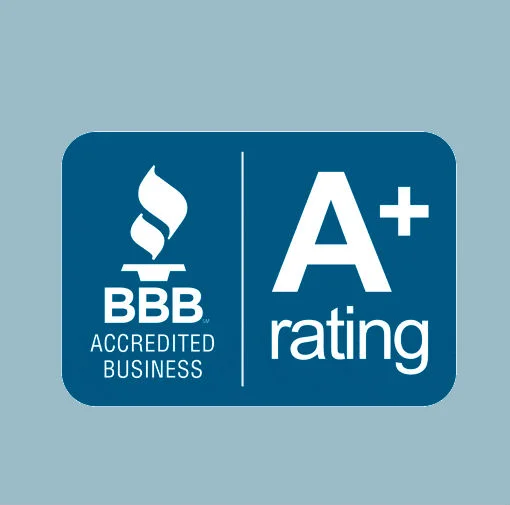9 Essentials of Improving Patient Retention
 For your internal marketing audience, it's all about caring.
For your internal marketing audience, it's all about caring.
The established patient base for any healthcare organization, practice or group is never permanent...and may not be as firmly established as you might think. The process of improving retention is grounded in the internal communications skills of doctor, staff and everyone who works there. Surprisingly, the essentials are all about caring.
In healthcare, "retention" and "attrition" are always part of the Internal Marketing mix. And with both, the true question is: how much?
It's pretty obvious that your want a high retention and low attrition. Perhaps less obvious is that these factors can be quantified so you know the actual score.
If you haven't done this lately, put pencil to paper and calculate how many patients you are losing each year and compare that number to your active patient base to come up with your attrition rate. Of course, reasonable percentages vary by profession and specialty. Also, keep in mind too that some attrition is inevitable — after all, patients die or move all the time.
Once you have uncovered your attrition percentage, calculate (or guesstimate) what that represents in lost revenue. It is one thing to say you have an annual 18% attrition rate. It is quite another to translate that into lost revenue and discover you are frittering away $250,000 (or millions of dollars) away each year.
Worse, remember that all of your efforts to increase new patients will be fruitless and even frustrating if you end up with as much or more patient attrition as you achieve in new patient volume. If you achieve 10% growth in new patient volume, but you simultaneously experience a 20% loss in your established patient base—the net result is definitely not in your favor.
Good businesses know that they cannot afford to take for granted the established relationships with current patients in their quest for new. So how do you organize your processes in a way that insures higher levels of patient retention?
Patient Retention Essentials
In business in general, upwards of 70% of people who take their business elsewhere do so because they perceive an attitude of indifference. Admittedly, their perception may not have been due to a deliberate slight or discourtesy, but the result is staggering anyway.
In virtually any healthcare environment, the essential elements of interaction (improving retention and reducing attrition) are proactive steps to avoid the "indifference" message with your internal public.
We've found seven key elements, in our experience, that are vital to office procedures or processes in order to insure higher levels of retention.
- Every encounter is important. It's not just the first impression, and it's not just the provider. Every encounter counts. This would include patients, other healthcare practices that are referral sources, vendors and suppliers, insurance company representatives, etc. Basically, everyone you communicate with, and everyone you have a relationship with. They are the audience for internal marketing of your brand.
- Treat patients/clients with respect. Successful practices sustain a constant culture of respect, leaving no room for anyone to feel that they (the patient, visitor, family member) are an intrusion or interruption to the busy office environment.
- Pay attention to needs and concerns. You and your staff have to pay attention to patient needs, and to hear them when they share their concerns with you. Taking the time to hear about the long walk to and from the parking lot—or whatever the issue—shows you are concerned about them. Even if the issue seems trivial or out of your control...listen.
- Anticipate problems and obstacles. Beyond reacting, it's also about getting ahead of issues that could impact patient retention. If, for example, you have many patients who are employees of a particular company that company's insurance plan is about to change. A proactive strategy can have a big impact on patient retention.
- Stay on schedule. OK...nobody's perfect. Reality intrudes. But staying on schedule (or close to it) is a major factor in retention; perhaps one of the biggest. There is a clear message of "indifference" that flows when people frequently experience long wait times.
- Confirm appointment in advance. Reminding people the day before an appointment is good office and calendar administration, and equally important it lets people know that you respect their schedule also. (And if needed, a last minute change is vastly better than a disappearing patient.)
- Reach-out when visits are overdue. Take the extra step of connecting with individuals who have missed an appointment or were expected to return. A brief and simple reminder may be all that's needed...and usually appreciated.
- Survey your patient base. If you have a high attrition rate, there are probably one or more reasons for it. You have to find out what the problems are before you can fix them.
- Establish and use a recall system in which you schedule the next appointment in advance, usually at the end of the current appointment. Review your recall routine to be sure the process is proactive, and includes multiple contacts.
Of course, your attrition might be a VERY expensive problem. It is not uncommon to uncover attrition rates that translate into lost revenue of hundreds of thousands of dollars — or even millions of dollars — annually. In that event, it makes economic sense to bring out expert help.
We have many resources that can help you, both within and outside of our company. Spending a few thousand dollars to fix a six-figure problem is the best return on investment you'll find anywhere.
Related Articles:
5 Reasons Your Practice Is Losing Patients
Nine Free Ways to Quickly Engage Patients and Build Enduring Loyalty
Why Your Internal Audience Is Your Most Important Audience
Retention vs. Acquisition: The Power of Patient Relationships
Healthcare’s Consumerist Revolution and the Quality of Caring


 For your internal marketing audience, it's all about caring.
For your internal marketing audience, it's all about caring.






